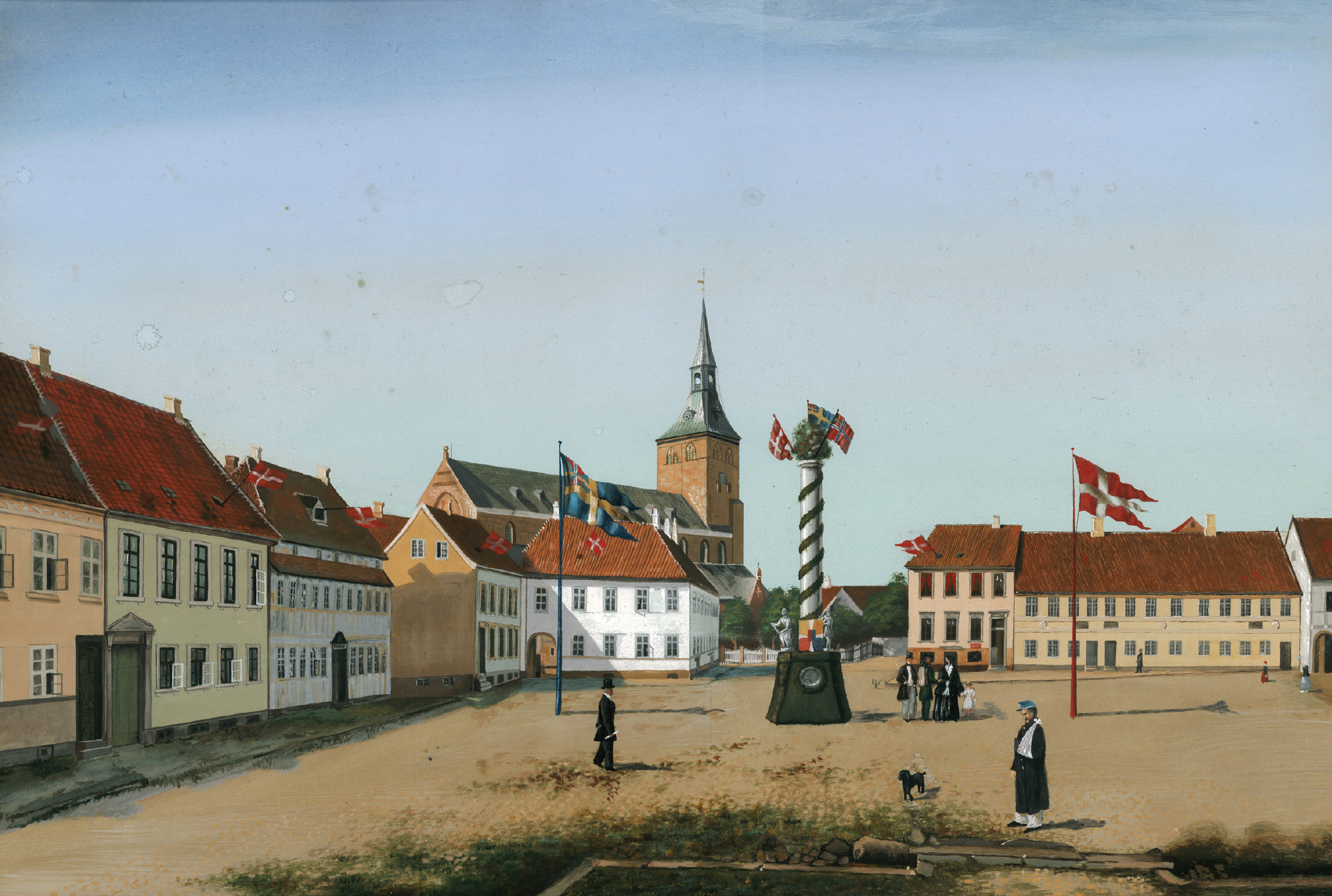This project focuses on the city’s imagined geographies – understood as the link between specific places, social identities and power relations – and seeks to map how different social groups over time have engineered specific spaces in the city, and what narrative, material and sensory identity markers have been in play during this process.
In recent years, urban history has been characterised by an interest in the city’s spaces, and in how they change in the interplay between the ideals of urban planning and people’s practical use of these spaces in everyday life. The project focuses on how this interaction has helped transform the city and its appeal as a cultural centre throughout history.
The project is based on a study of Odense which, from the Renaissance to the establishment of the modern industrial city, has undergone a number of transformations. Many communities have left their mark on the city which, over time, has been characterised as a city of nobility, craftsmen, councillors and industry. Now that industry is disappearing, the city is struggling to find its feet – because who are the people of Odense and what is characteristic about them and their city?

Albani Torv in Odense, seen from the east. Painted by August Behrends, 1848
This project focuses on the city’s imagined geographies – understood as the link between specific places, social identities and power relations – and seeks to map how different social groups over time have engineered specific spaces in the city, and which narrative, material and sensory identity markers have been in play during this process. What places, spaces and events have been awarded significance, how have the experience of these places changed over time as urban spaces transformed. And how can the imagined geographies shed new light on the city’s transformations in the transition from emergent town to a modern industrial city.
The project is funded by the Ministry of Culture’s Research Council and runs from Summer 2015 to Spring 2016.